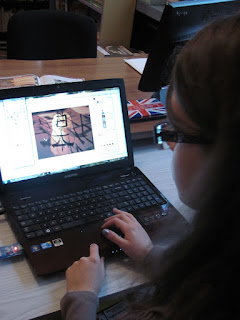Japanese Gardens appeared very long time ago. They were very important elements in Japanese art. The oldest garden comes from the period of Heian. In Japanese Art there is always a connection between natural beauty and being close to it. When the garden is going to be formed in Japanese style, we must remember about an old proverb saying: „Learn from the nature but never copy it ”.

There are two main styles, which are divided into several smaller ones. The first one is called Tsukiyama. It is a classical and a very popular form of a garden. You can see there hills that symbolize mountains, lakes, seas and rivers. The plants in the gardens are green. The colours and the flowers define the climate and an accent. The second style of the garden is called Karesansuj. It is a very dry style which can be also named as a desert. There are a few plants there and if they are there, they are planted in the shape of dwarf trees. The indispensible part of the garden is sand and grave. Bigger and brighter spots of the sand mean water, lake and etc. A lot of three - dimensional effects are used there. Small and dark objects for example: stones are put at the back and are big, bright things are in front of the garden. The most effective paths are formed with single stones. Stones are the most important things in the gardens. They symbolize durability and immutability of the nature. Water is a significant element in Japanese garden. Water symbolizes live and motion in the garden. Tearing rivers symbolize men and shyness and quiet rivers symbolize women.



Later Japanese Gardens became typical ones which were used for meditation. We can see there tearooms, where we can drink some tea and be close to the nature. In XIV-XVI century gardens became more harmonious. Then, the sliding door were the indispensable element in the garden. Some time later, new tearooms can be seen in the gardens. When the gardens develop, the area becomes bigger. You can see can the sculptures of Konficjusz, Dragon, Budda and many more. The buildings which are near the garden are very harmoniously matched for them. Everything that is located in a Japanese Garden is asymmetric and irregular.
Some of the Japanese styles were used in European gardens. After some time, old Japanese models came back to the splendour and displaced those which were derived from Europe.
wrote by Emil

























